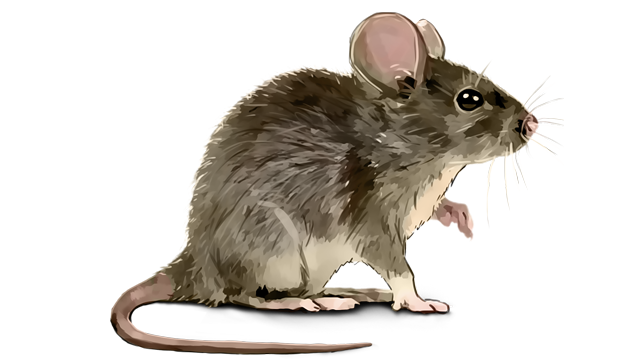House Mouse

The House mouse is a frequent pest throughout most of the world. They reproduce very quickly, require very little food and water and are able to get into homes through tiny openings. Once inside they live in small nooks and crannies and cluttered spaces where they can find food crumbs and nesting material.
Mice not only create damage to your property, but they can contaminate food and transmit diseases from their droppings and urine. This rodent can also be problematic for those with asthma as they can trigger attacks and allergic reactions. That is why it is so important to keep this pest out of your home.
| Identification |
|
| Behavior |
|
| Habitat |
|
| Life Cycle (Gradual or Incomplete Metamorphosis) |
|
|
|
| Seasonality |
|
| Favorable Conditions |
|
| Health Concerns |
|
| Signs of an infestation |
|
What You Can Do To Prevent Mice In Your Home
- Get rid of items they might use to build nests - cotton, shredded paper, rags, etc.
- Remove clutter like stacked boxes, newspapers, piles of clothes
- Seal cracks and crevices, openings or voids large enough to stick a pencil through
- Keep food in sealed containers - metal, glass, heavy plastic
- Don’t leave food out overnight - store in the refrigerator
- Clean up spilled food and drinks immediately
- Fix leaky plumbing and prevent standing water around the home
- Empty garbage cans routinely and keep lids tightly closed
- Trim vegetation away from your home since mice are good climbers
What You Can Do To Get Rid Of Mice In Your Home
- Identify areas they are nesting and what they are eating in your home
- Remove their food and water sources
- Use snap traps to eliminate the infestation - place traps along walls where droppings have been found
- Safely remove and dispose of mice that have been caught using gloves
- After all mice have been trapped seal up entry points and voids they are using as harborage using rodent proof material
- Safely clean up mouse droppings and urine and disinfect the area using gloves